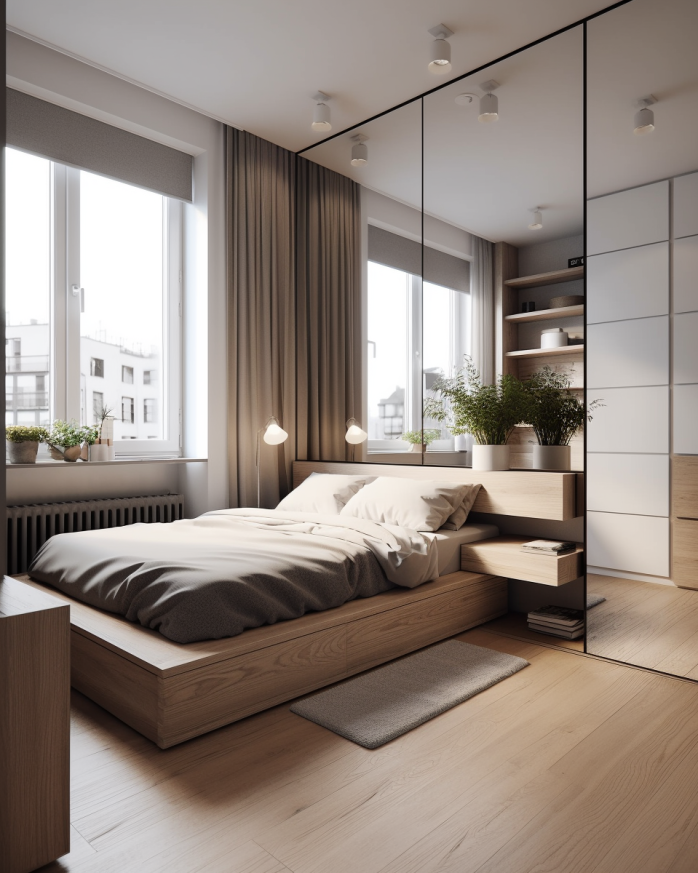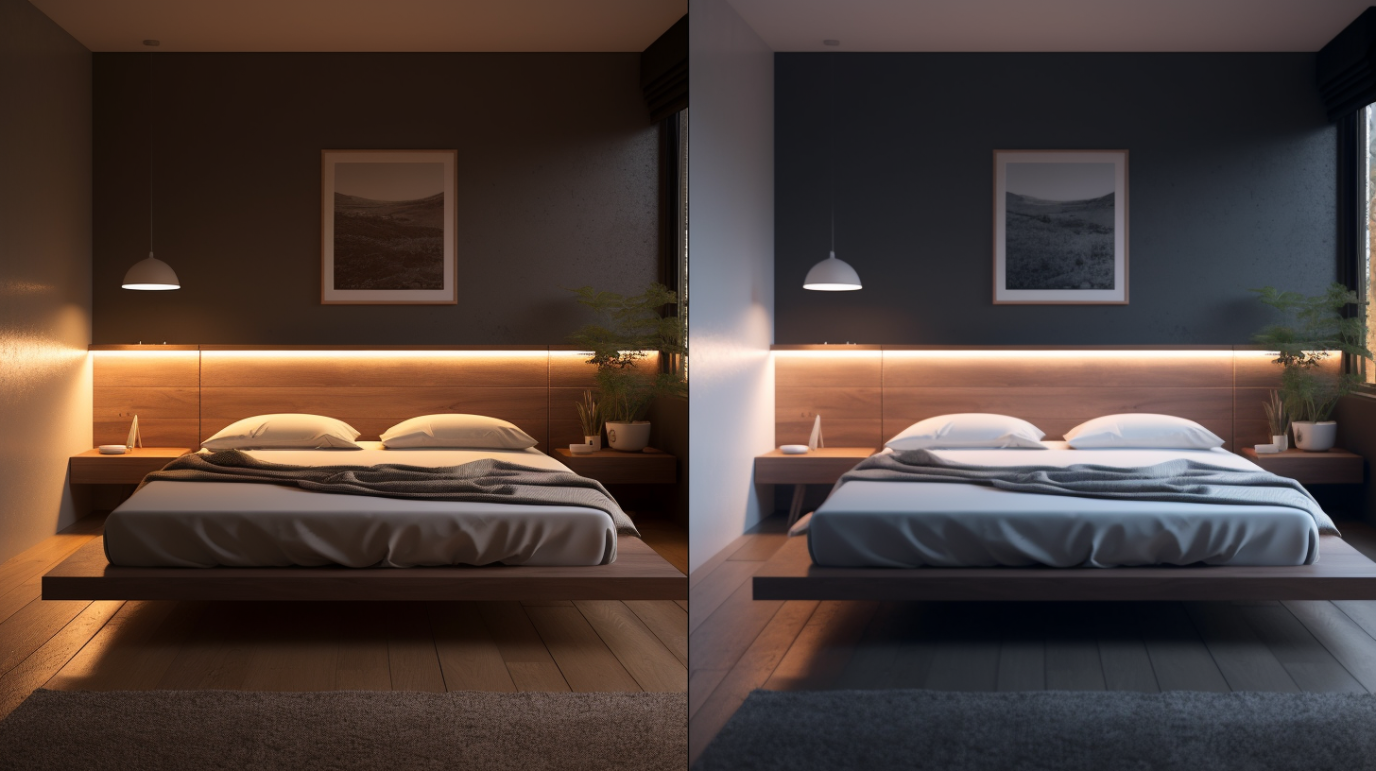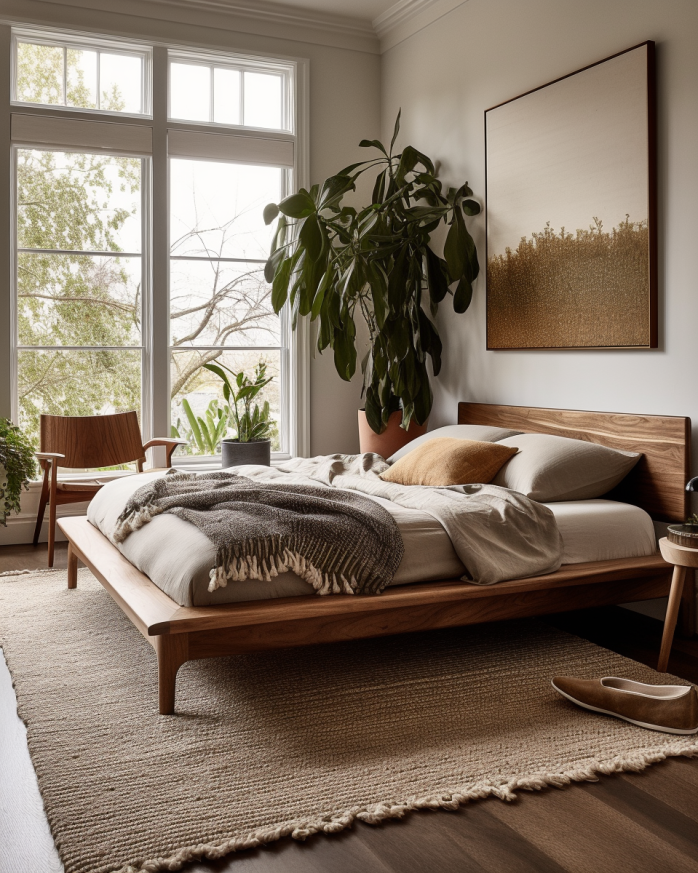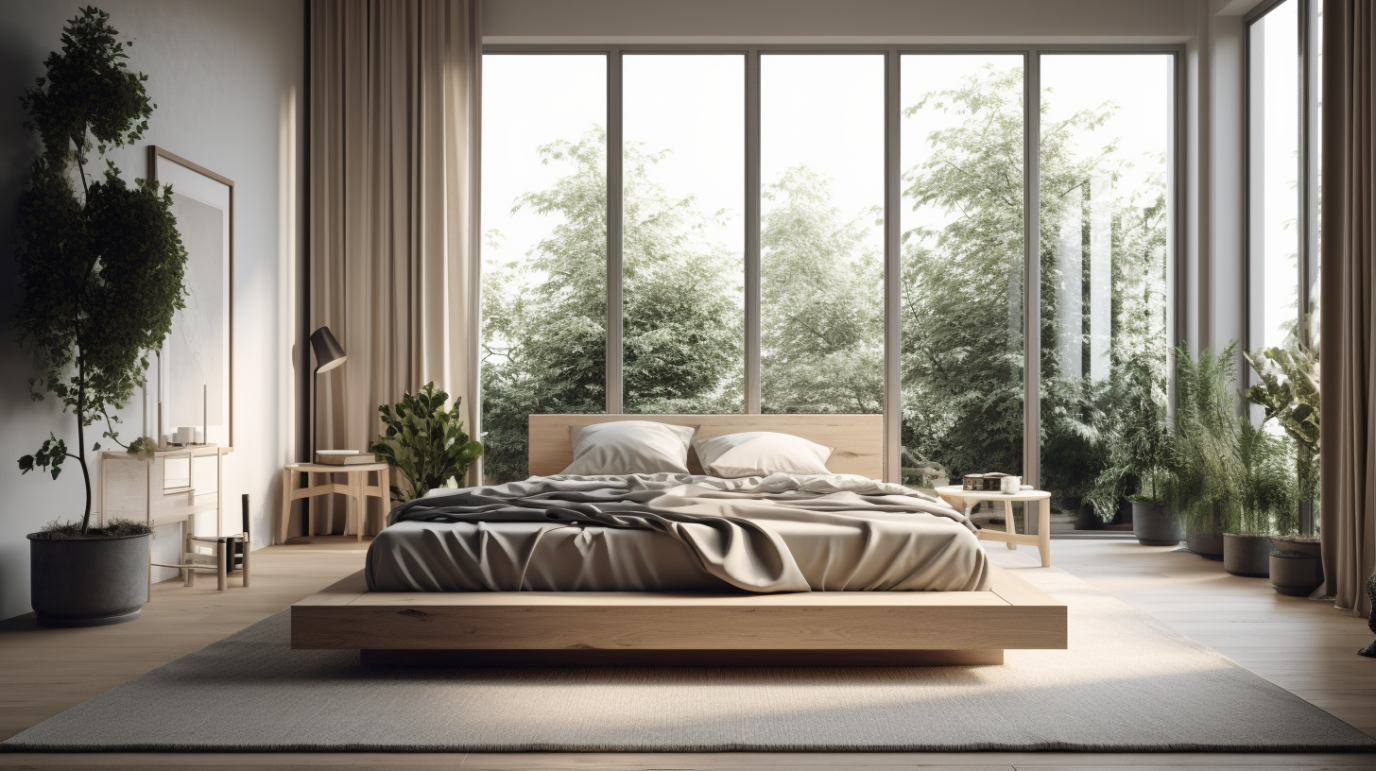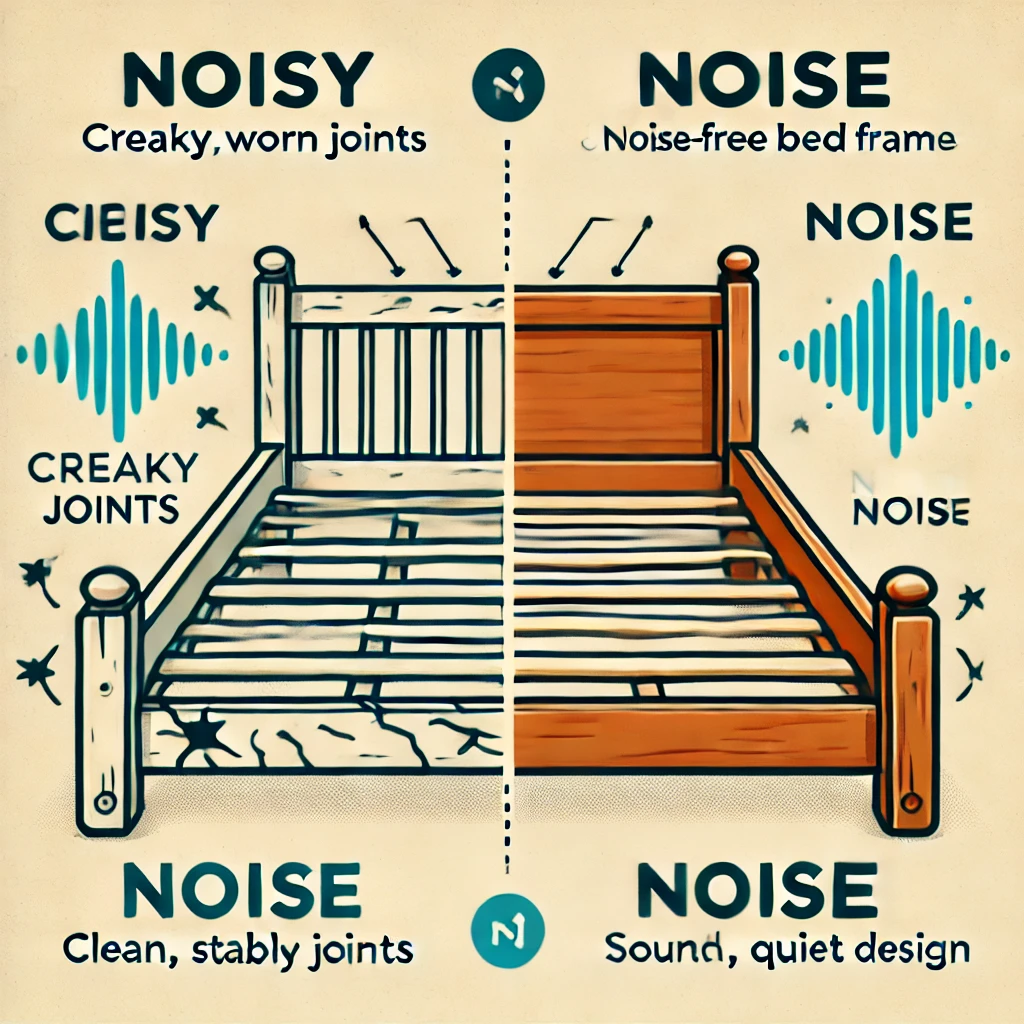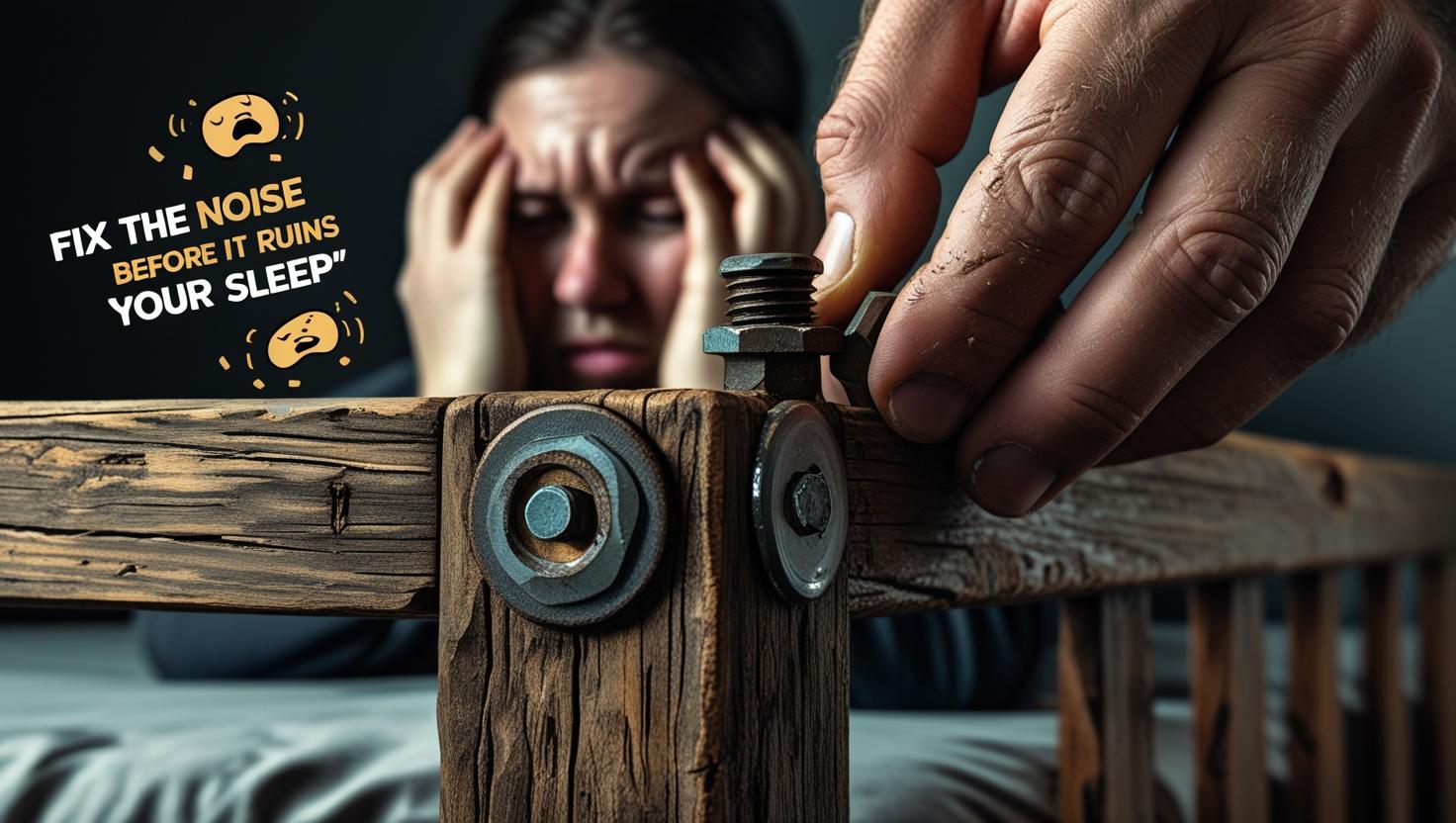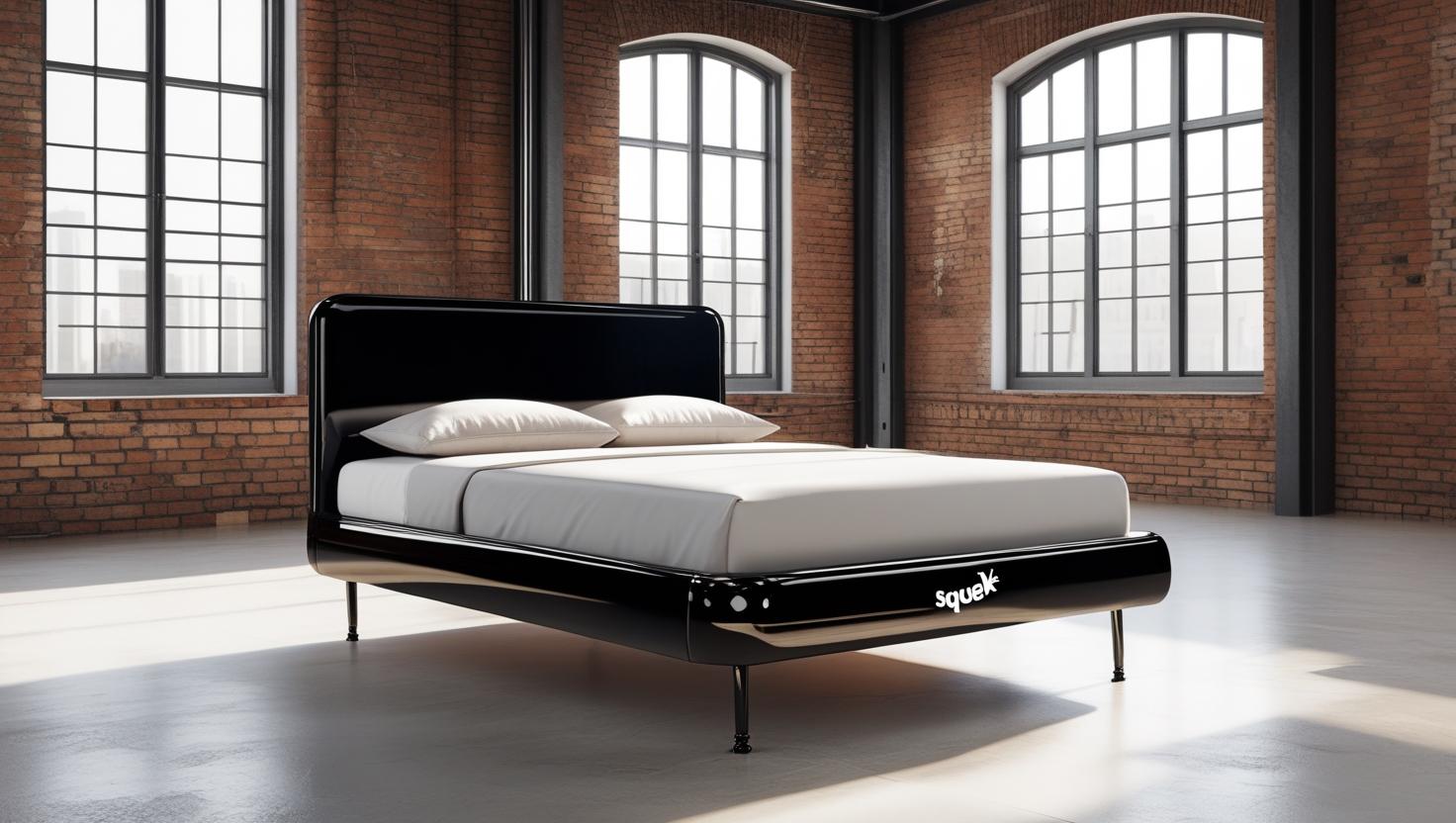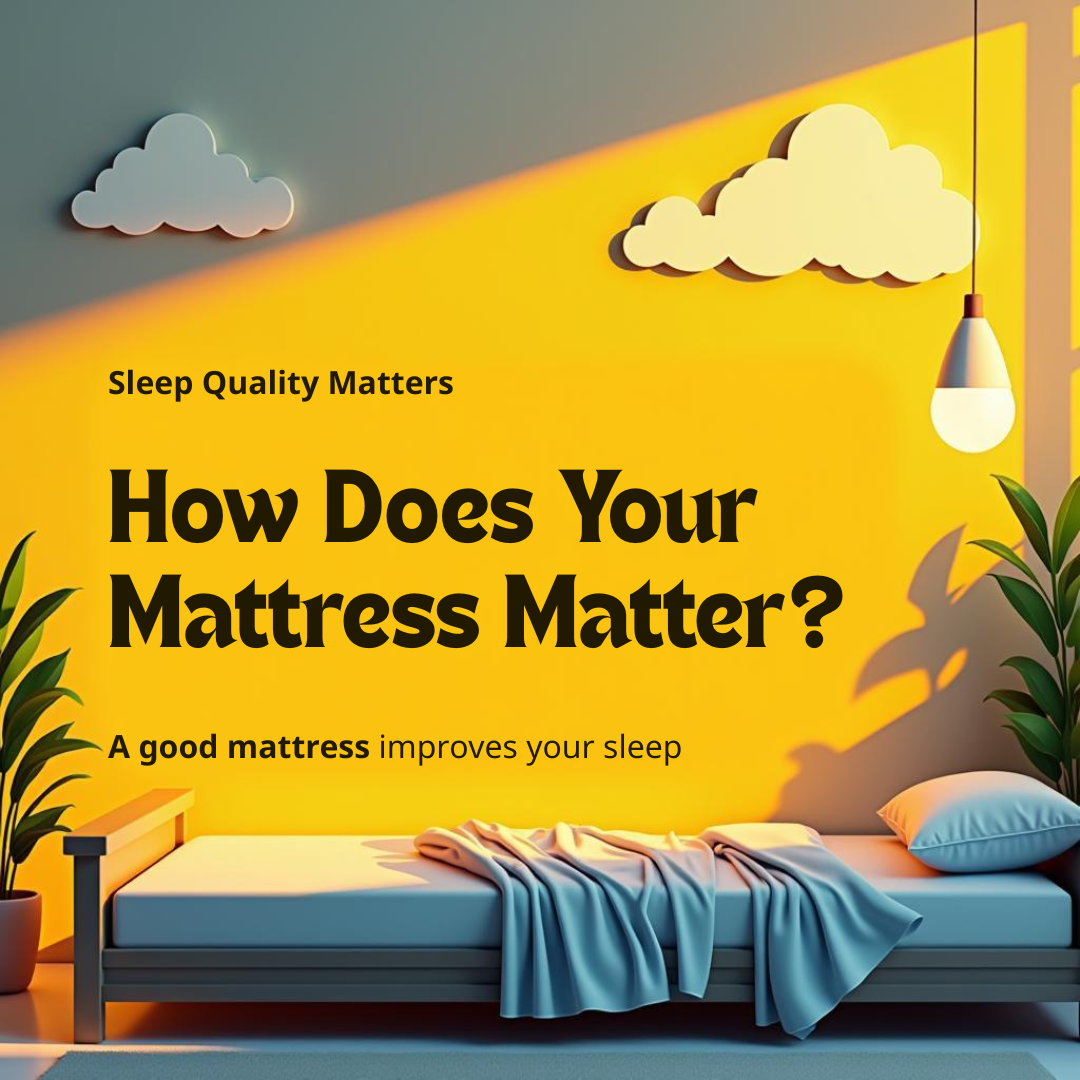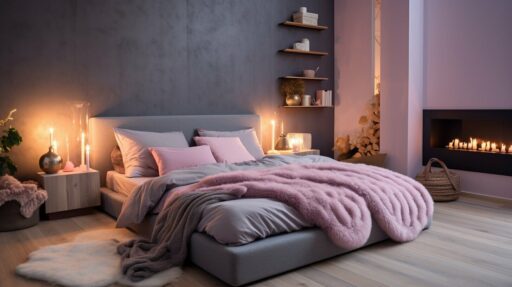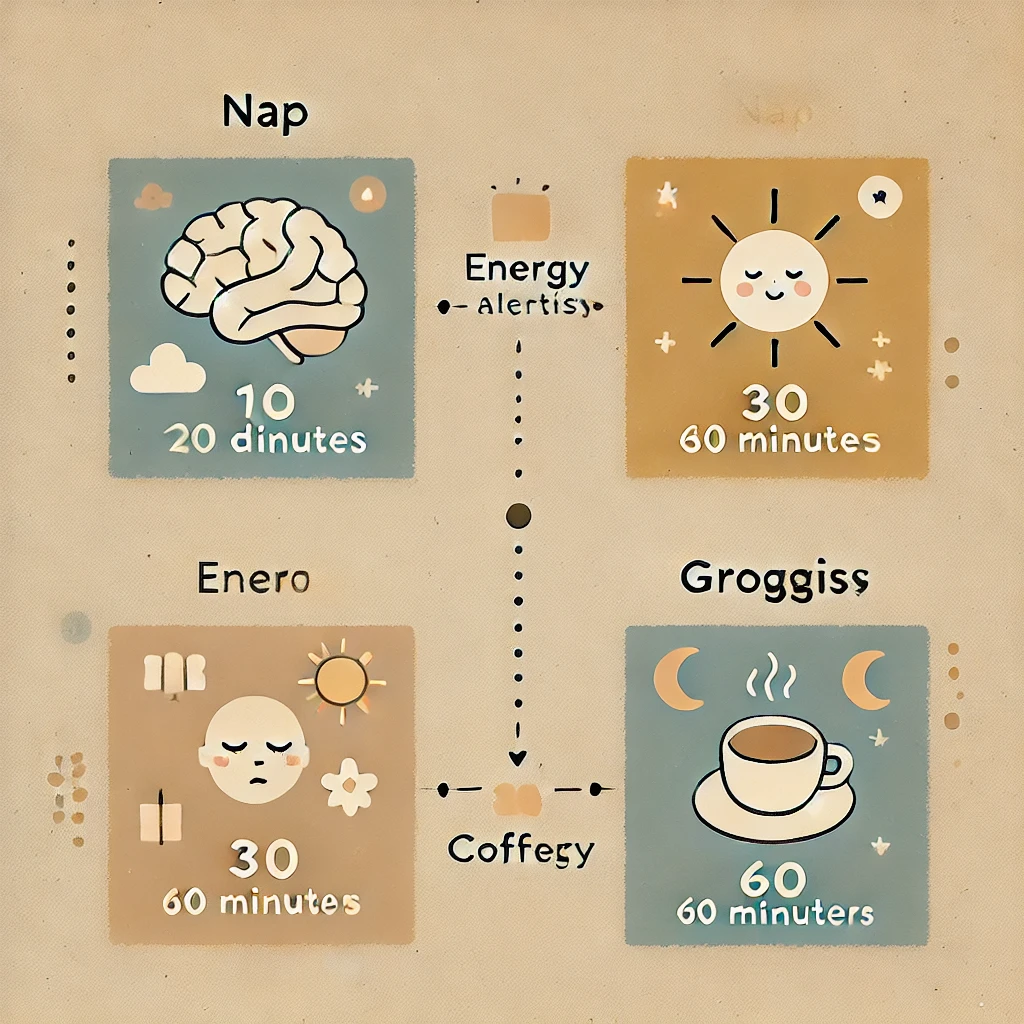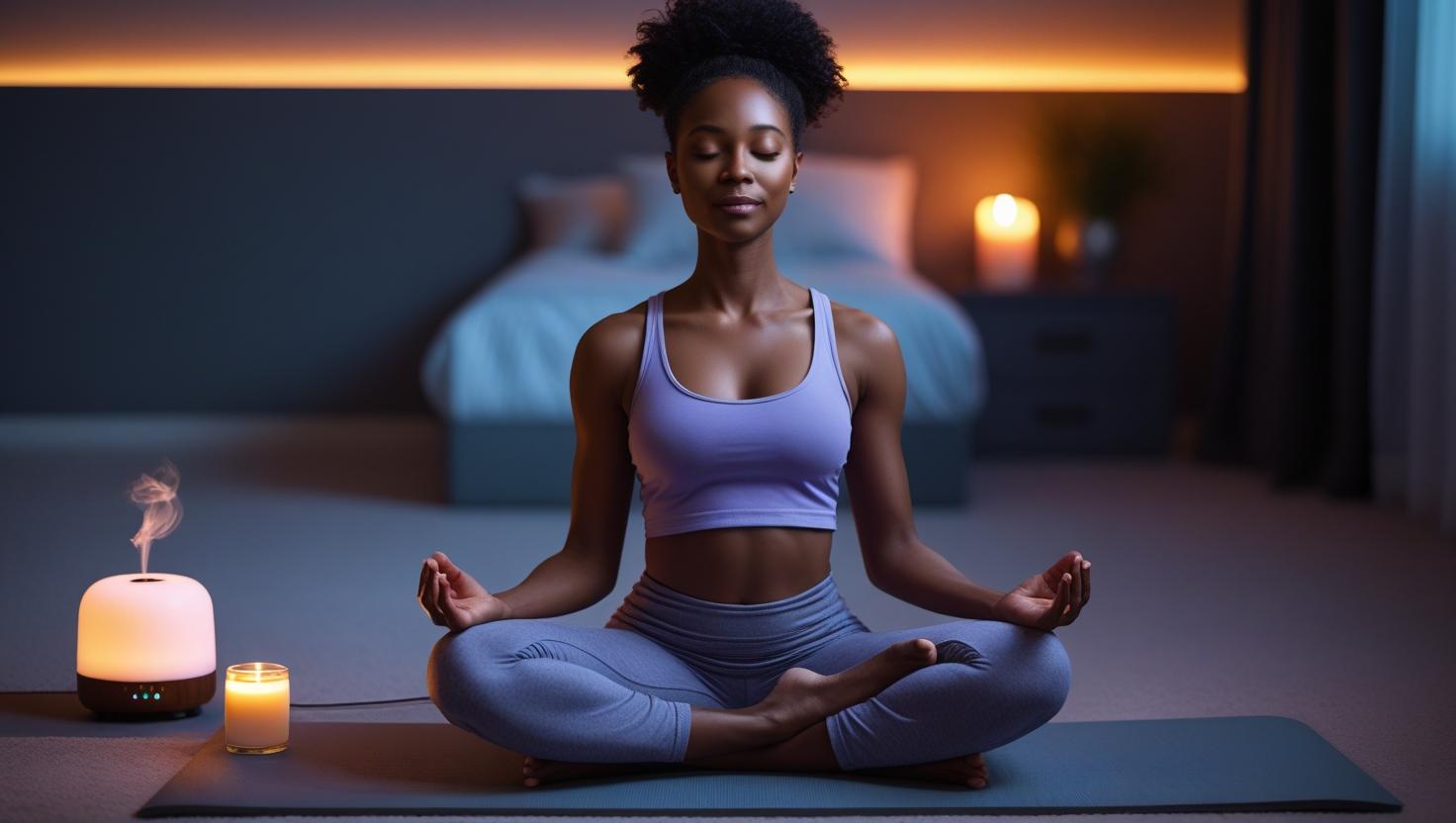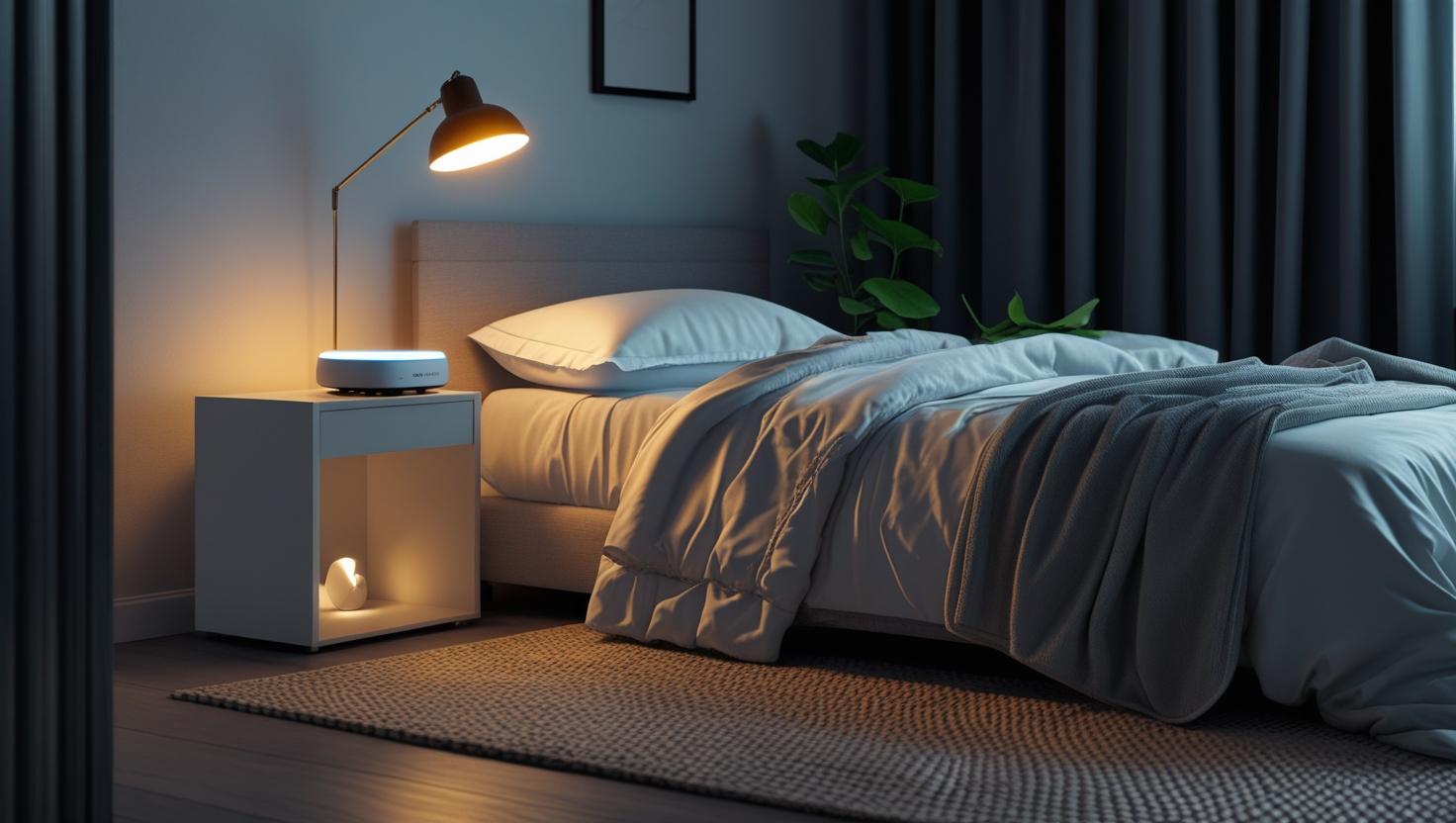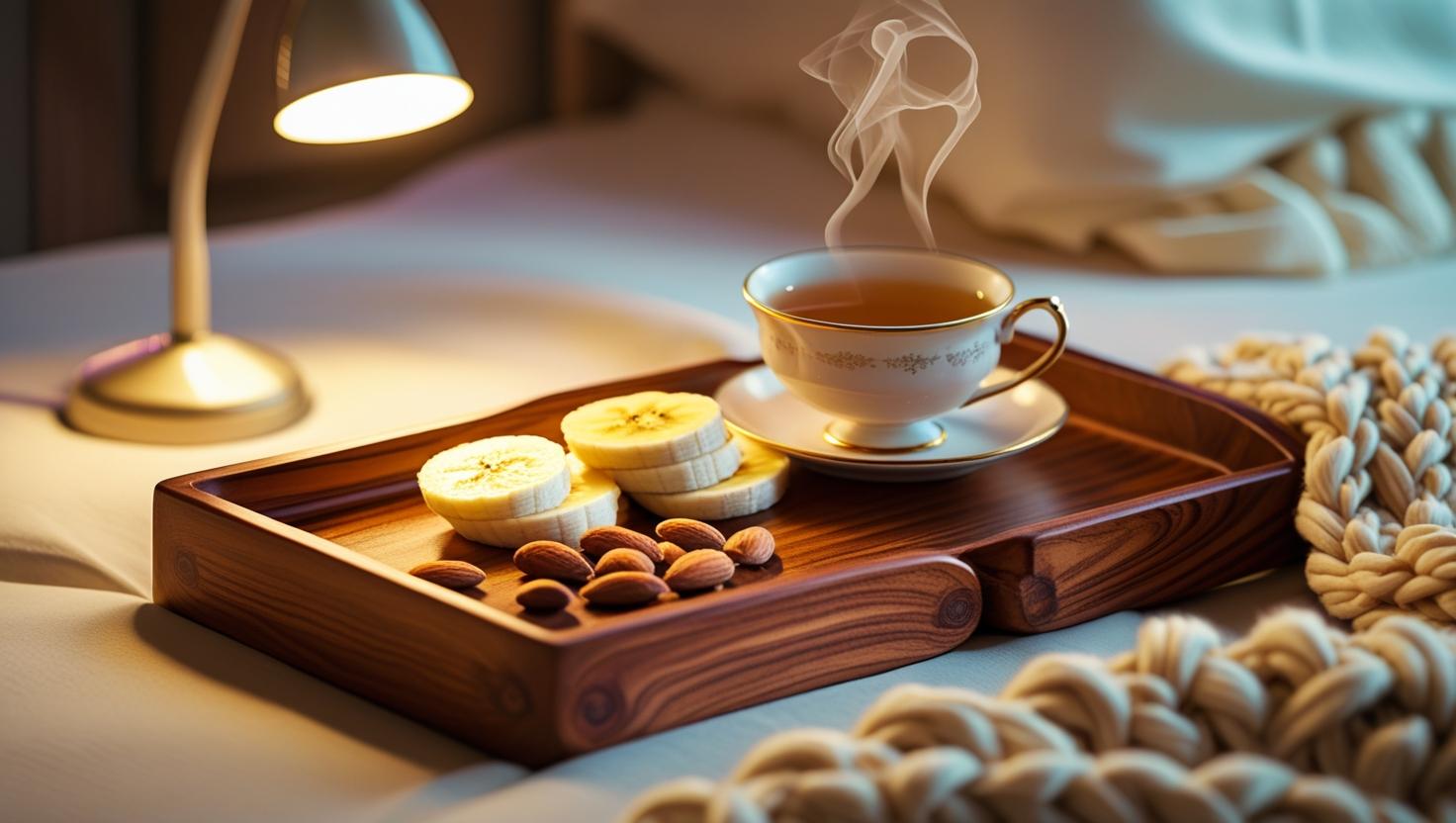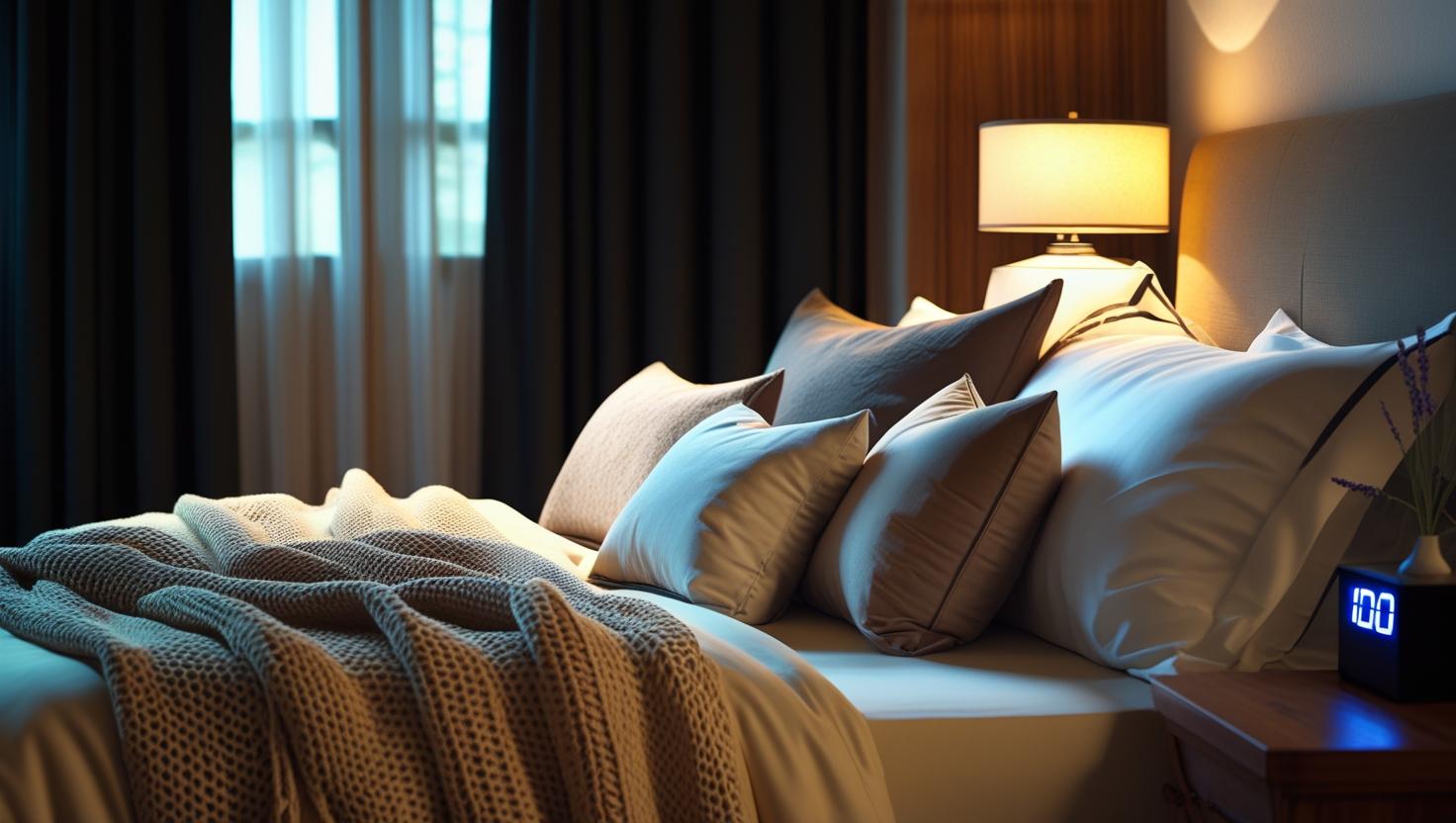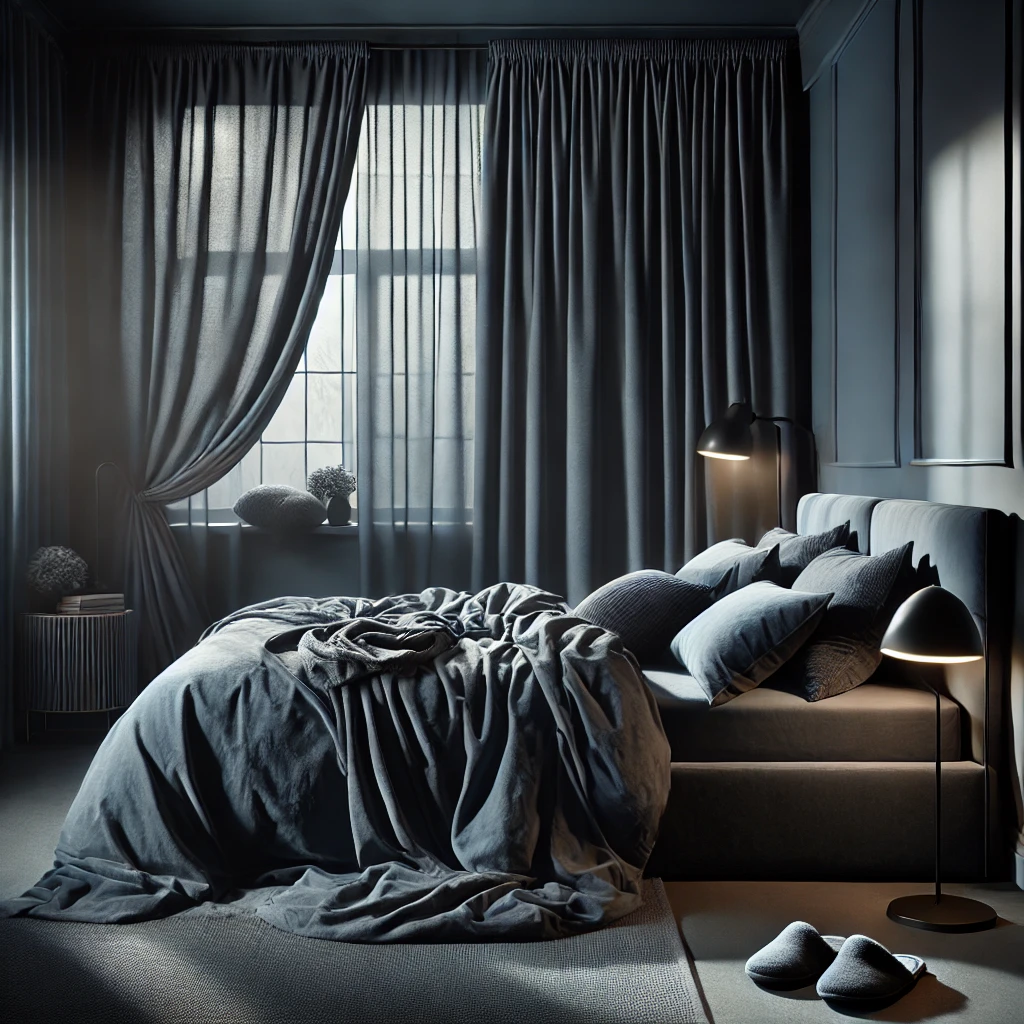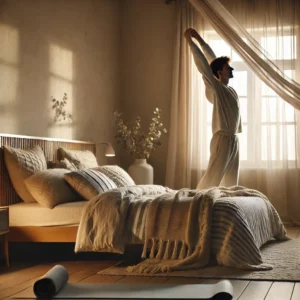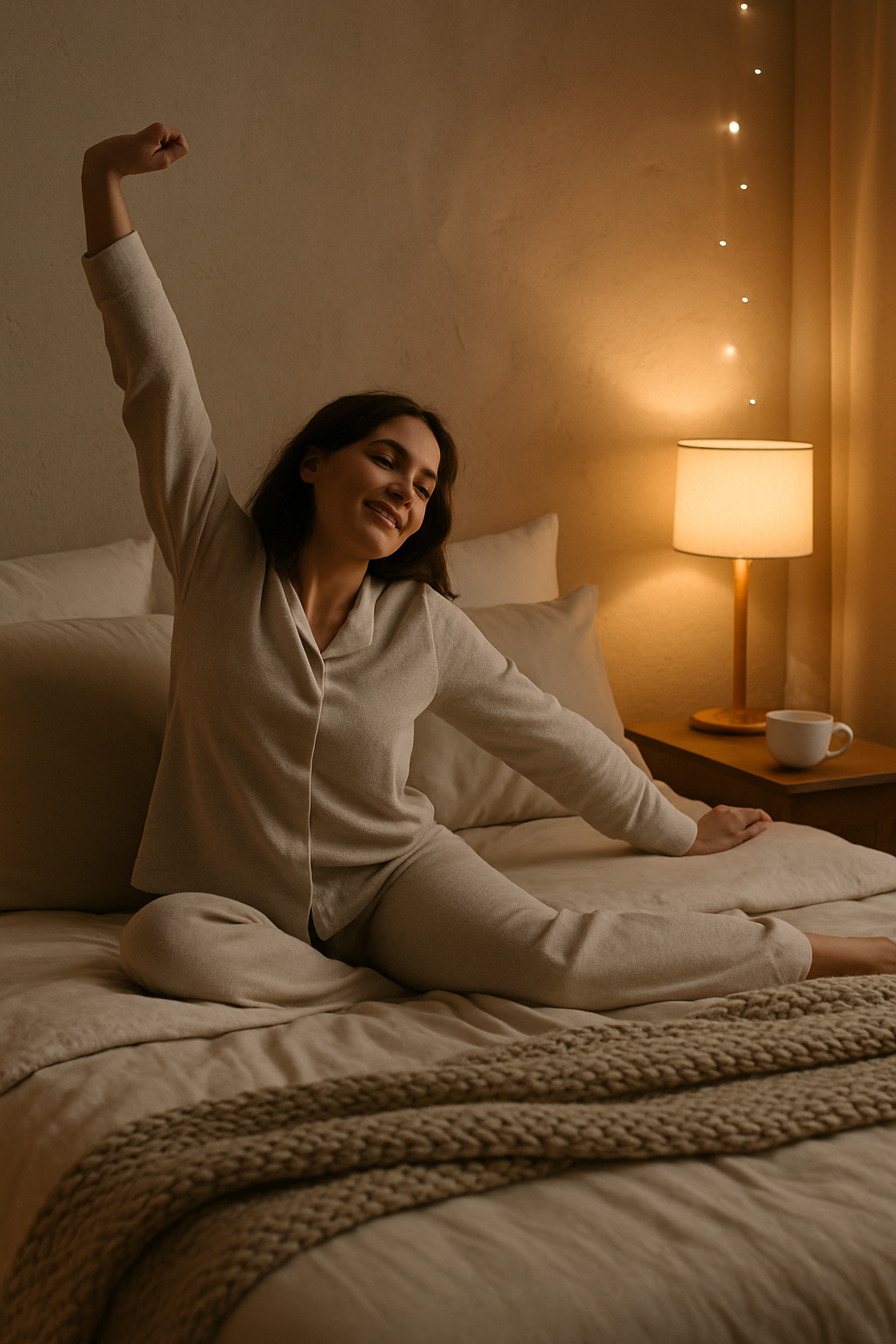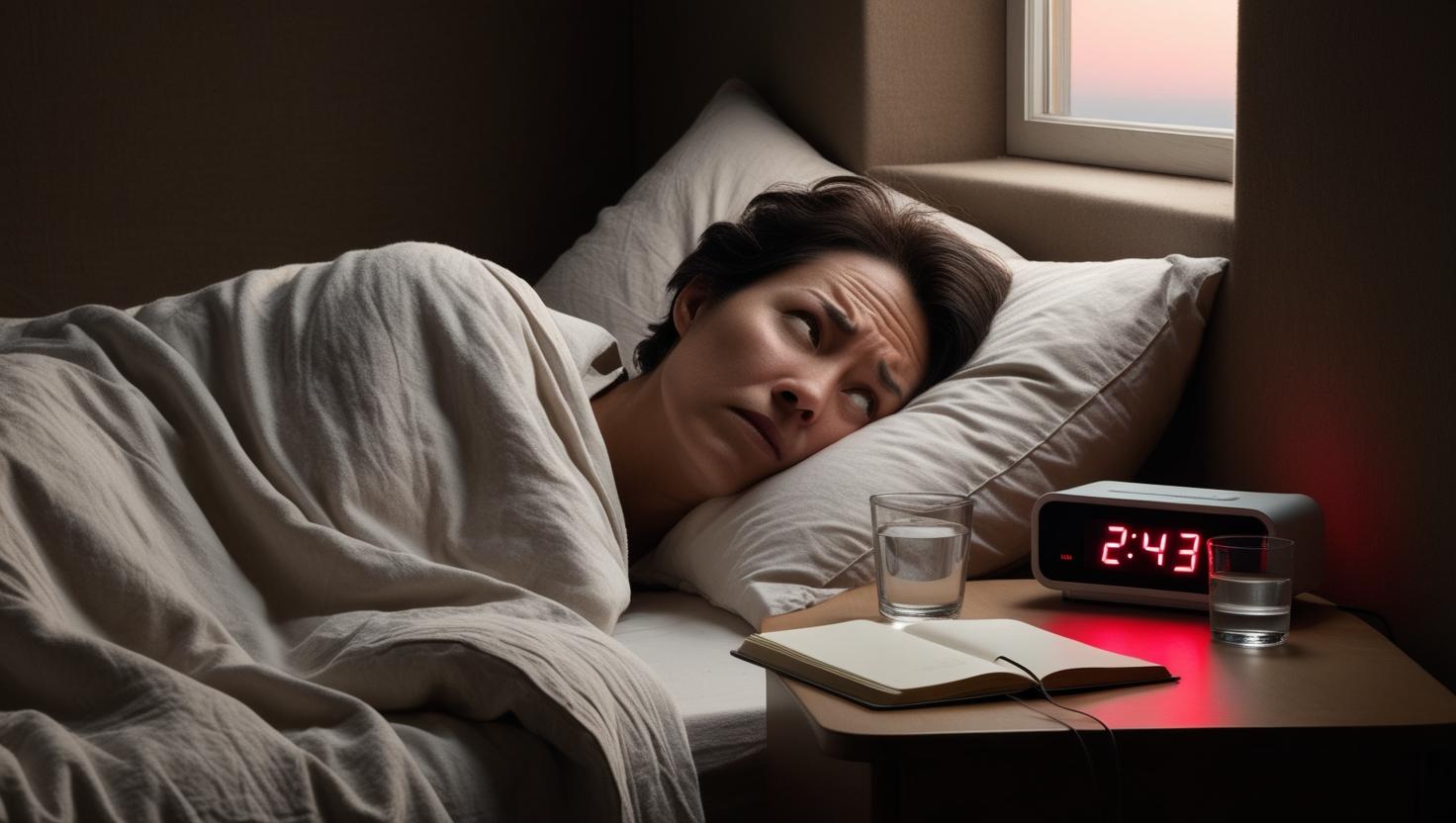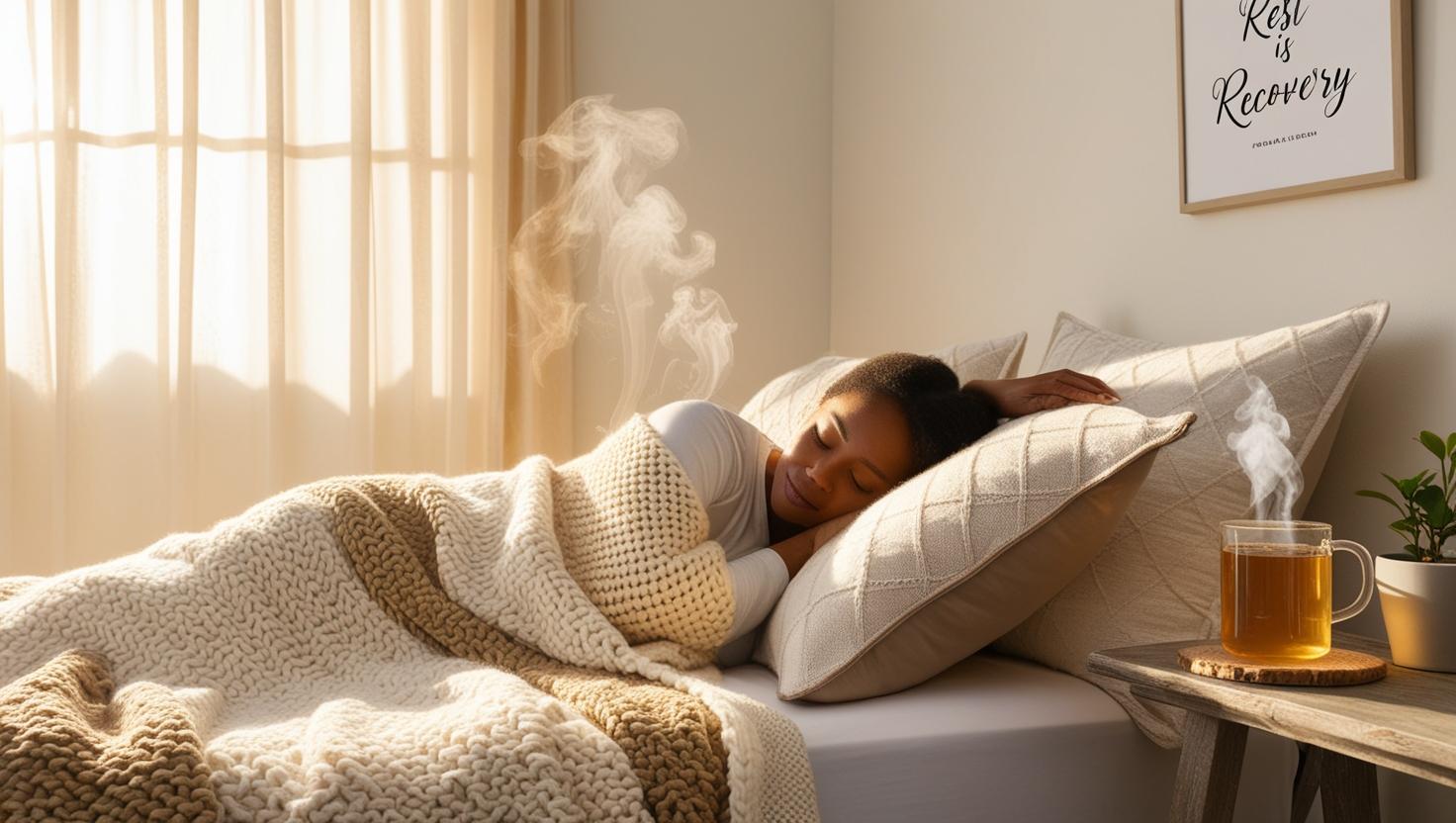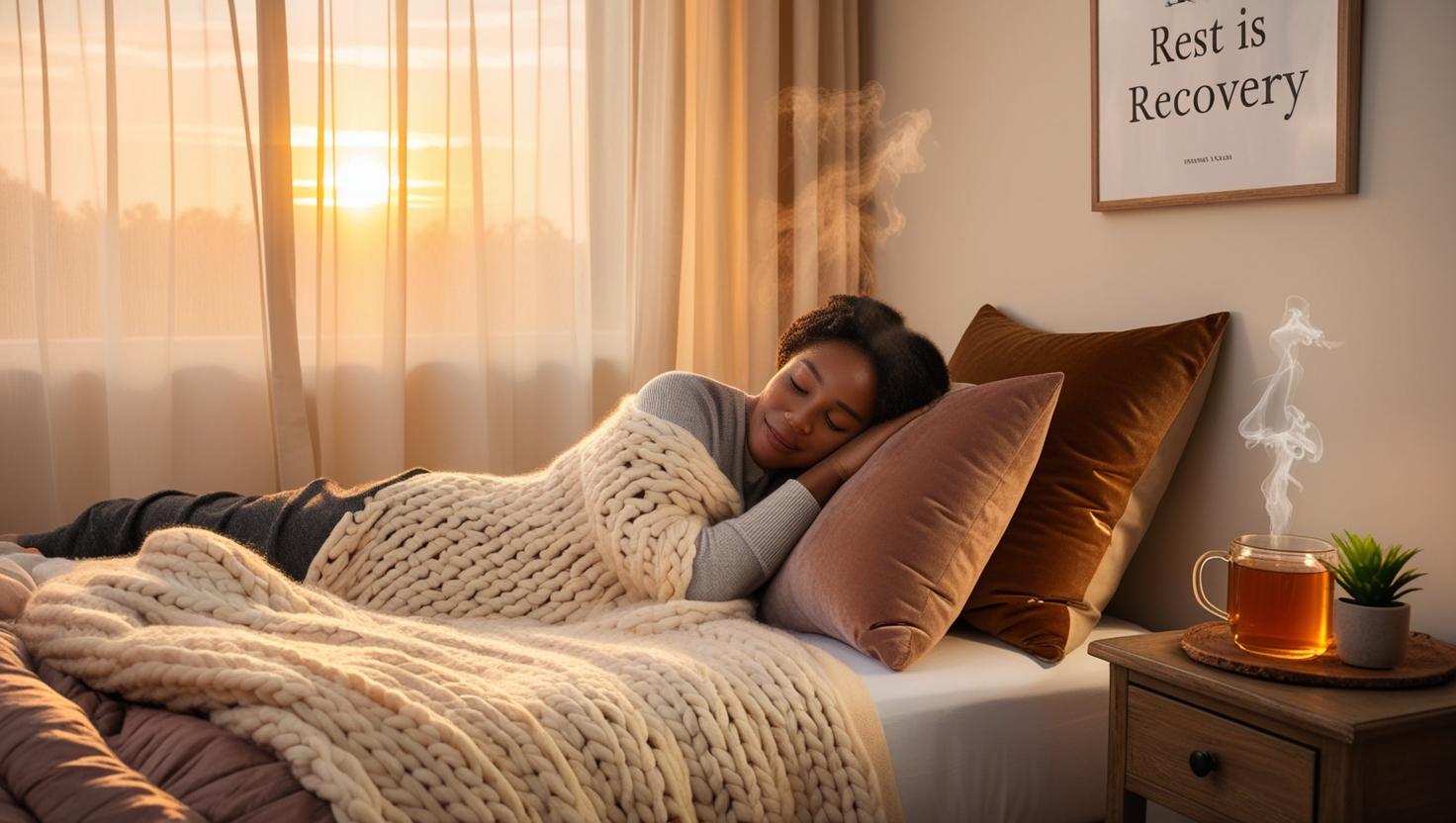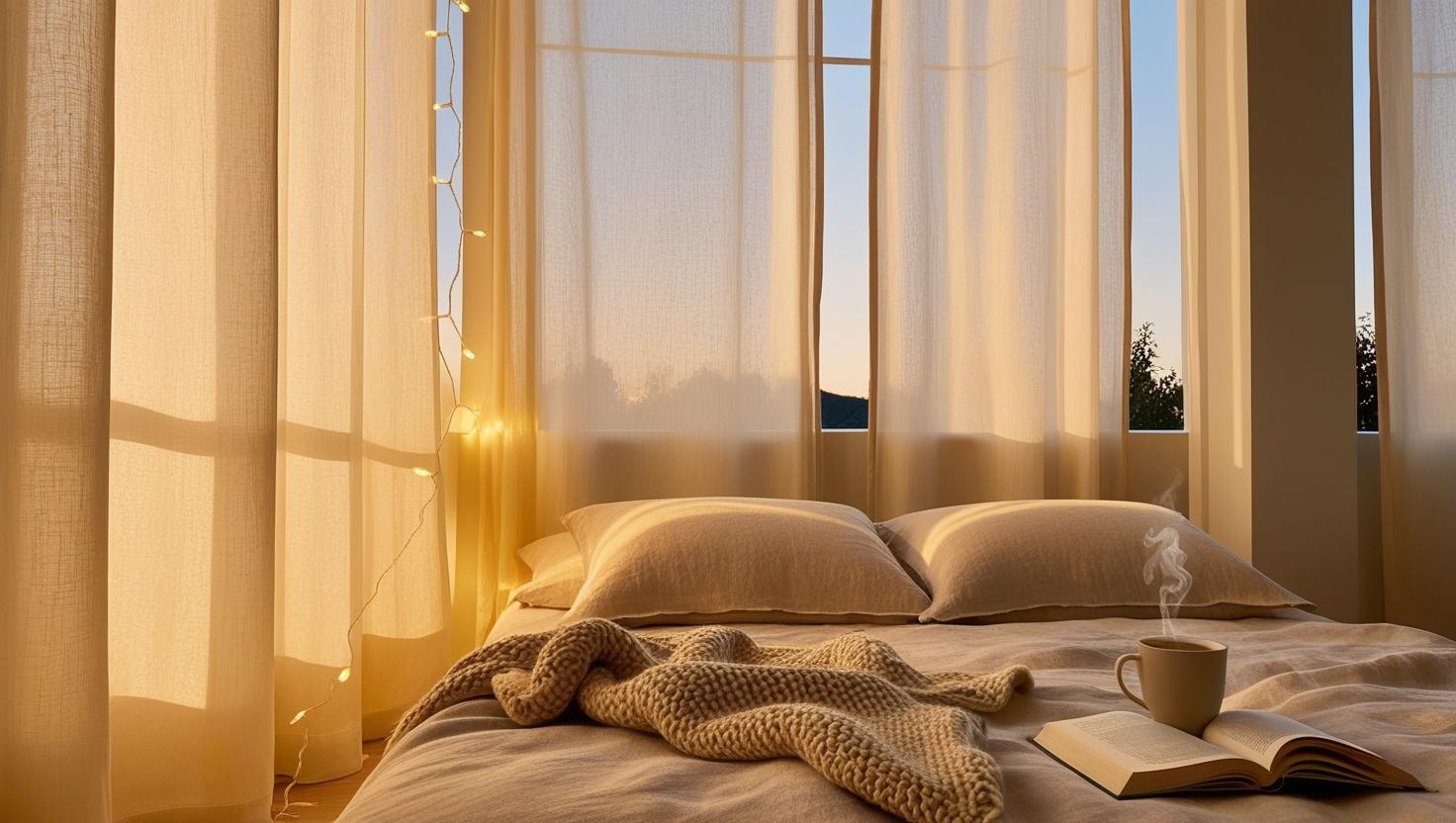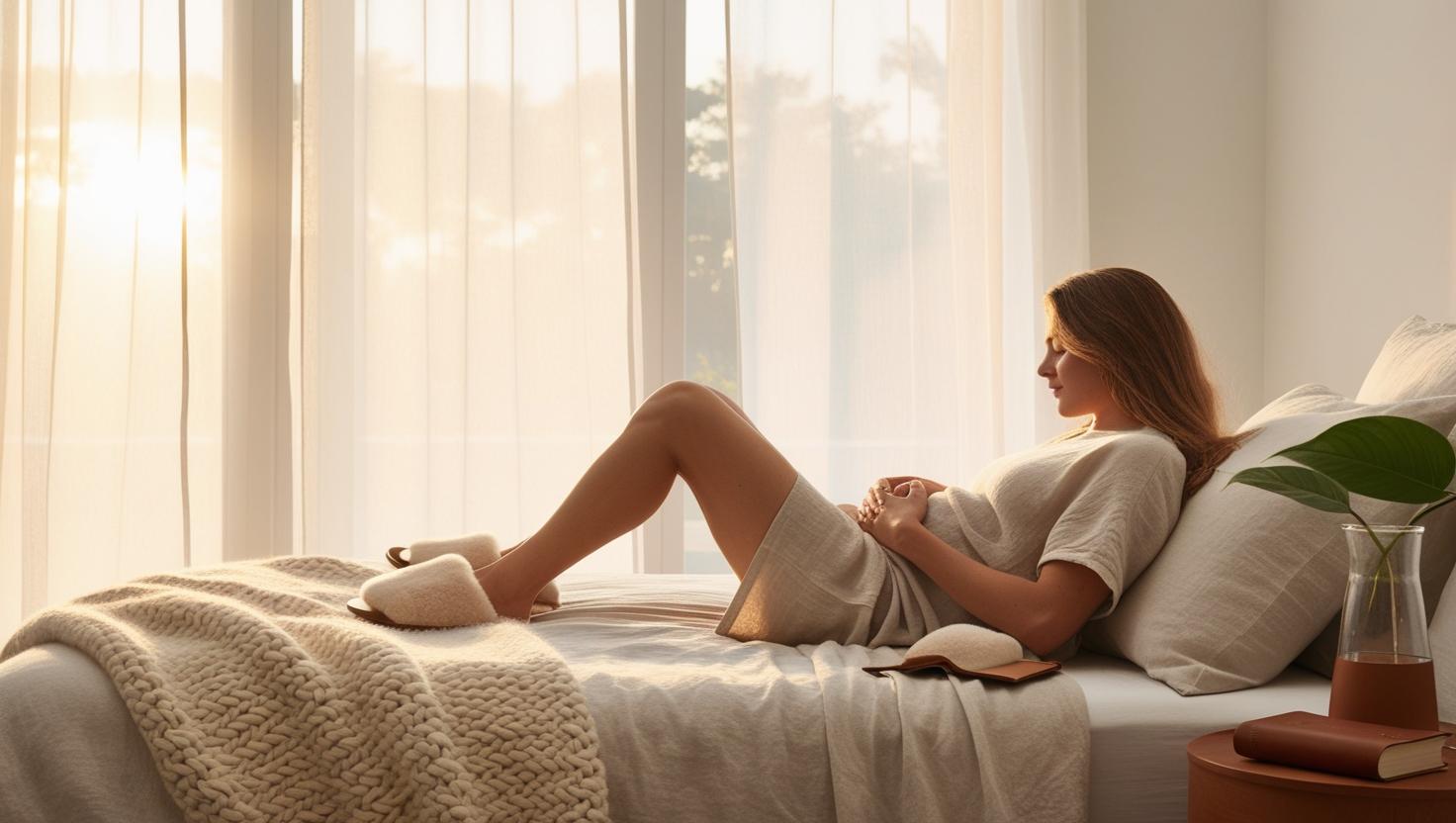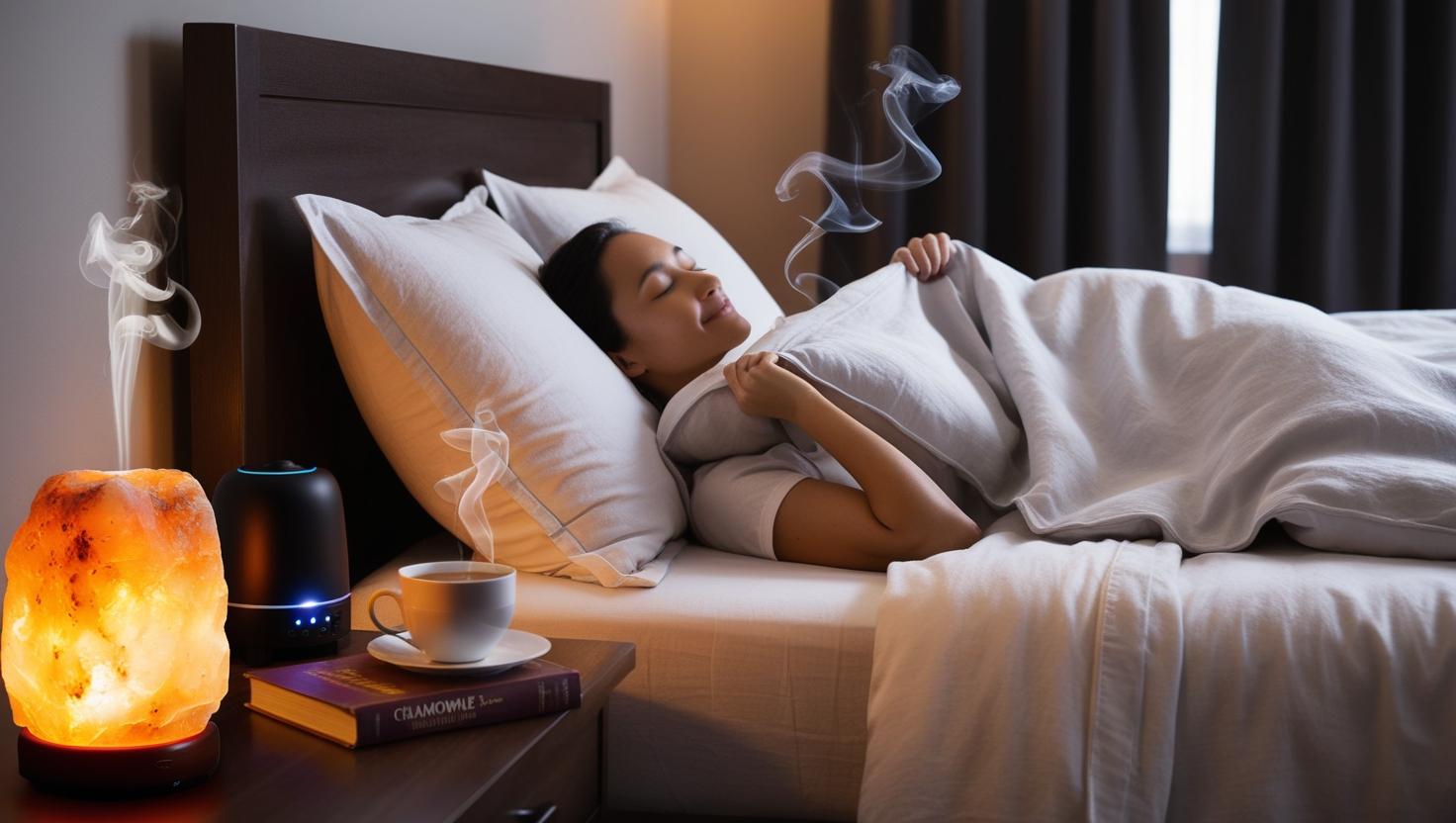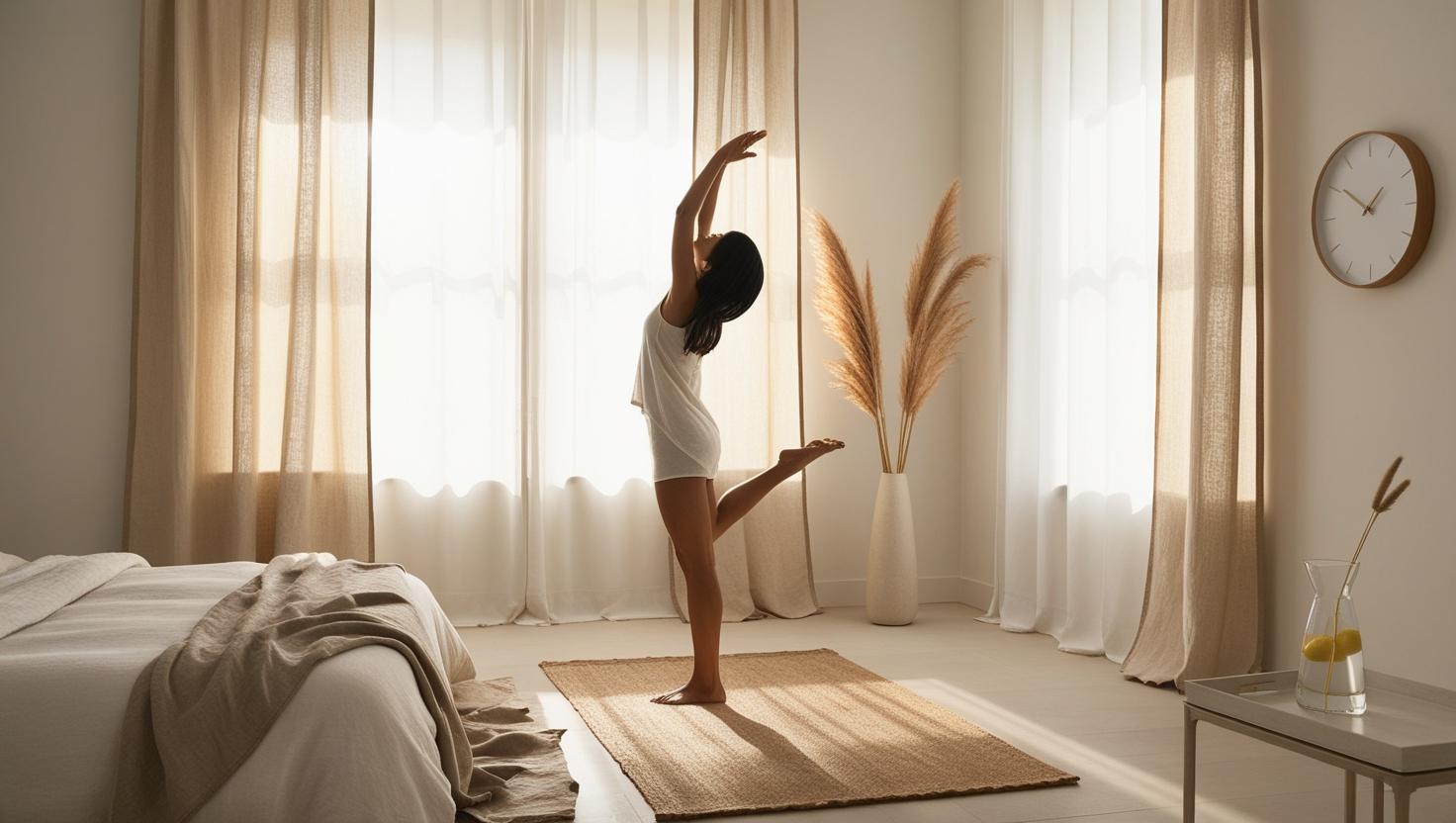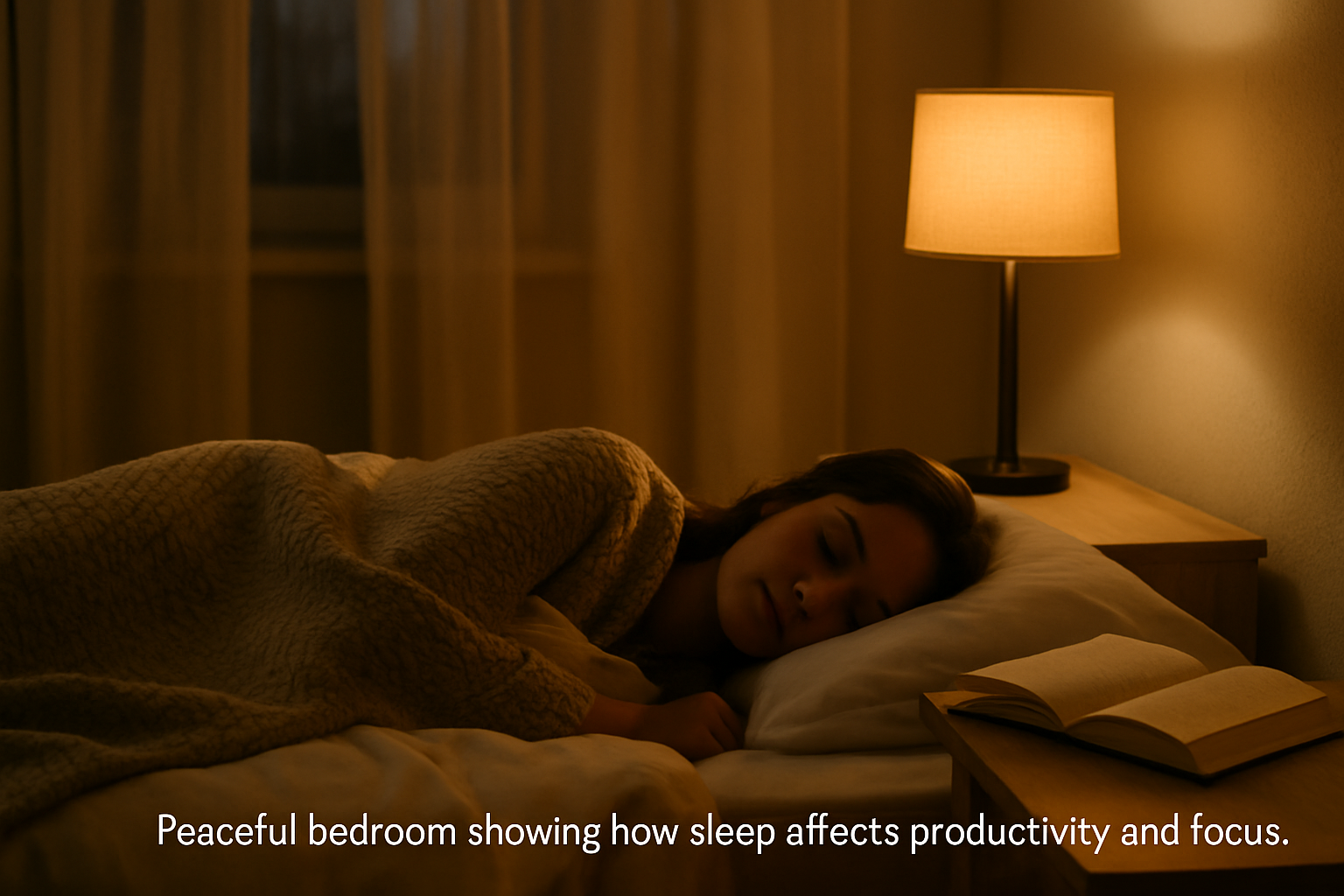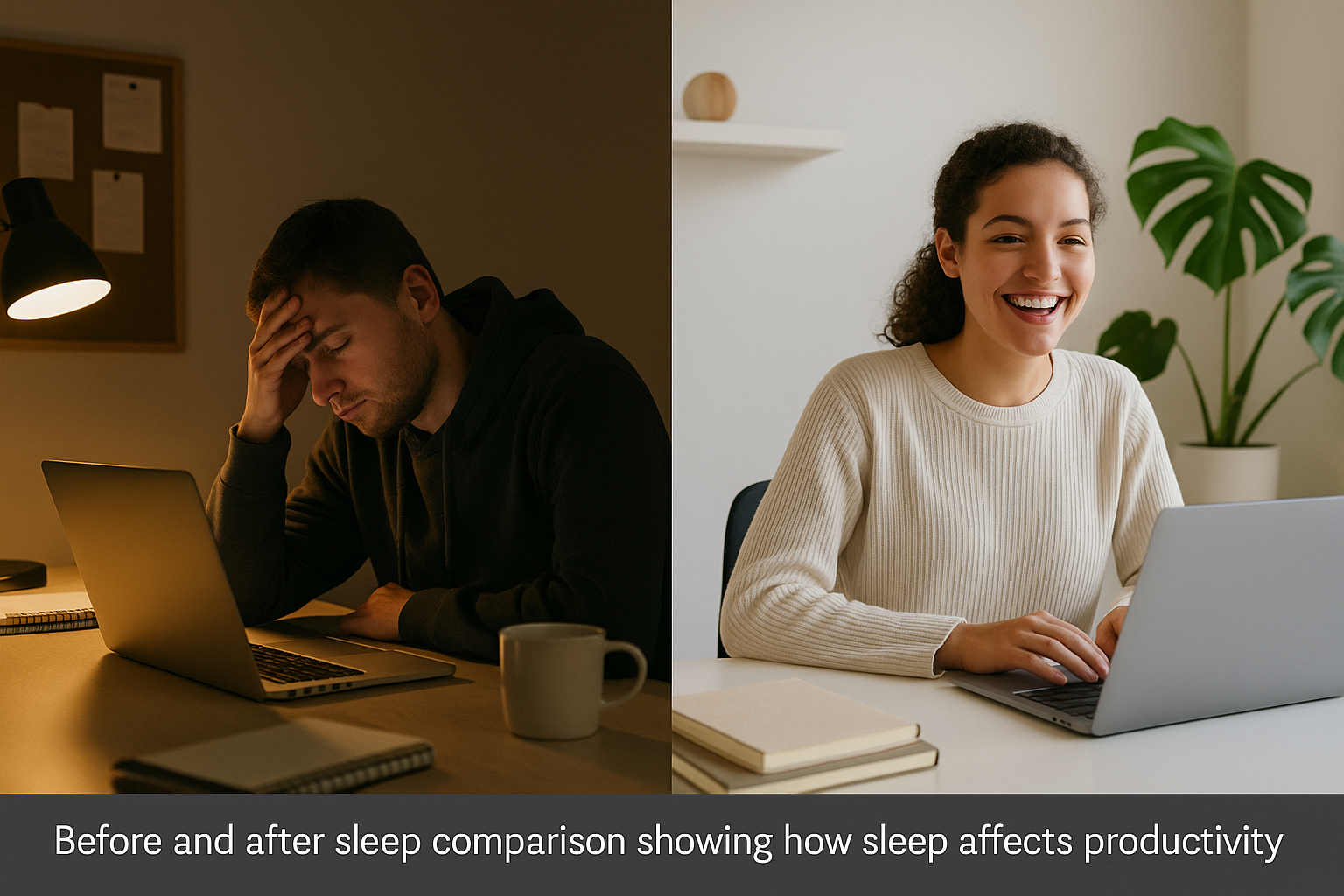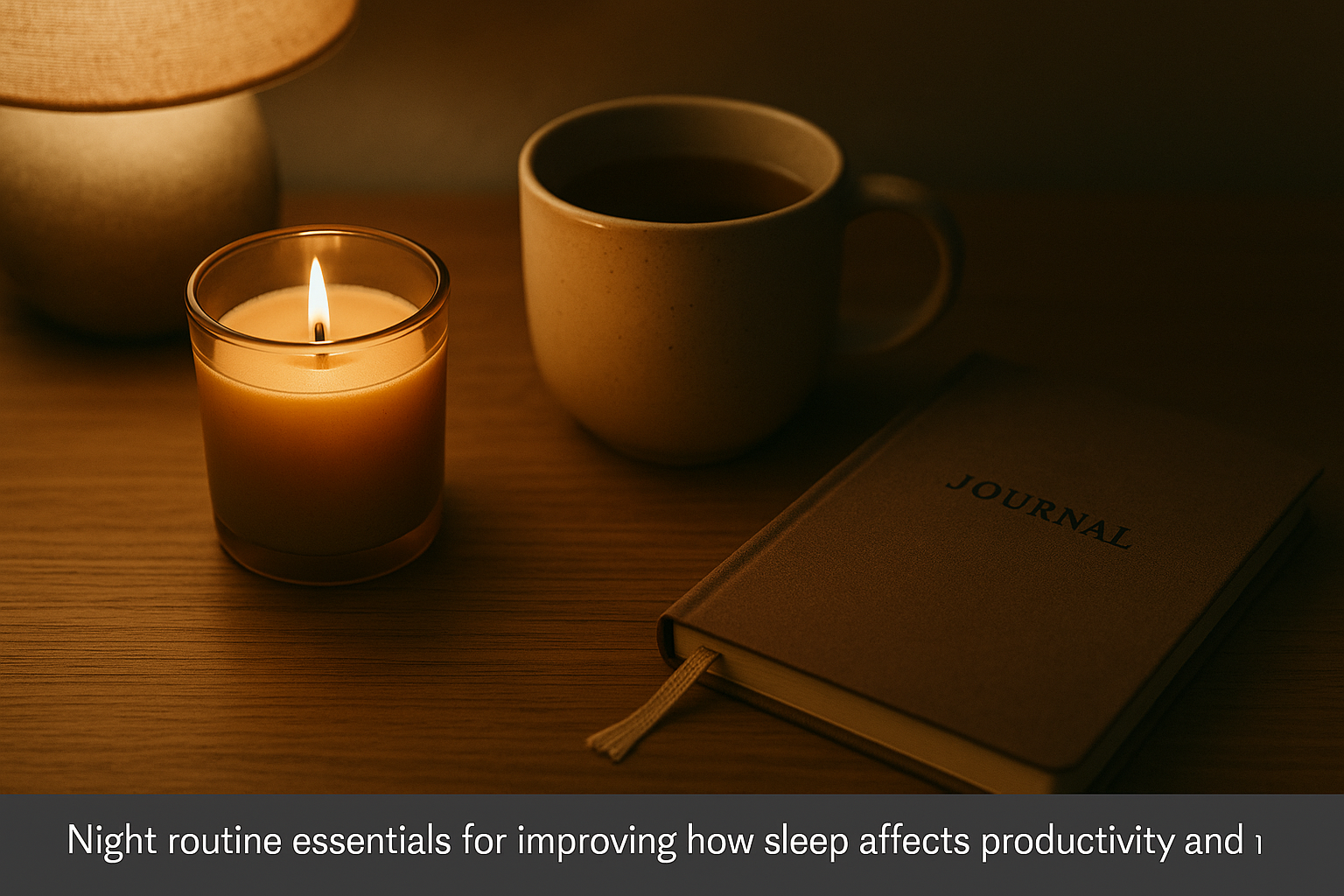Struggling to make the most of your small bedroom or shared space? You’re not alone. With tighter living arrangements becoming the norm, space-saving furniture has never been more important. A smartly chosen twin bed frame can help you create comfort without overcrowding your room.
In this post, we explore the most practical types of twin bed frames—especially for tight quarters—so you can make an informed choice that fits both your space and your style.
Why a Twin Bed Frame Works Well in Smaller Spaces
A twin bed frame is often the best choice when:
- You’re furnishing a small bedroom, studio apartment, or dorm
- A room is shared between kids, siblings, or roommates
- You want to save space but still have a full-functioning sleeping area
With a typical size of 38″ x 75″, twin beds are compact but functional, offering enough sleeping area for one person while keeping the floor plan open.
Bonus Tip: Use wall-mounted lighting instead of floor lamps to save even more space in a small bedroom.
Platform Twin Bed Frames: A Practical Favorite
Platform beds offer a solid base that doesn’t require a box spring, which makes them:
- Easier to assemble and maintain
- Lower to the ground—great for kids or low ceilings
- Useful for storage if they include drawers or space underneath
Many platform bed frames also come in twin sizes, giving you all the minimalist appeal without wasting square footage.
Platform beds are especially handy in multi-use rooms where every inch counts.
When a Full-Size Bed Frame Might Be Better
If you’re not dealing with extremely tight quarters and have a little room to spare, a full-size bed frame could be a better fit for:
- Older teens who need more stretch room
- Single adults who want sleeping comfort without moving to a queen
- Guest rooms that occasionally serve couples or parents with kids
However, if space is a premium, the twin still reigns as the most efficient option.
Popular Twin Bed Frame Options
Here are some practical and stylish frame ideas to consider:
1. IKEA Twin Bed Frames
Reliable and affordable, IKEA offers:
- Simple metal and wood designs
- Twin beds with storage drawers
- Styles that match minimalist and Scandinavian decor
2. Wayfair Twin Beds for Small Rooms
Wayfair is known for variety. Their twin options include:
- Daybeds and trundles with storage
- Upholstered frames for a cozy look
- Options that fit neatly in corners or against walls
3. Amazon’s Space-Saving Bunk Beds
If the room is shared, bunk beds are a top choice.
- Twin-over-twin frames save floor space
- Many come with ladders and guardrails
- Some designs include drawers or desk areas
🔗 Check Twin Bunk Beds on Amazon
Must-Consider Features Before You Buy
Choosing the right twin bed frame is easier when you factor in:
Available floor space – Always leave walking room
Bed height – Lower beds are safer for kids
Material – Metal is durable; wood gives a warmer look
Storage options – Some beds add drawers or open space
Ease of assembly – Important if you’re setting it up yourself
Pro Tip: If the room will be rearranged often, look for a bed with wheels or lighter materials.
Shared Rooms? Twin Frames Are a Perfect Fit
In shared bedrooms, whether for kids or guests, twin bed frames allow each person to have:
- Their own defined space
- A personal sleep area that doesn’t dominate the room
- More room for other furniture like desks or shelves
Even in small rooms, placing two twin beds in an L-shape can leave space for storage bins, play areas, or walkways.
Don’t Overlook the Mattress
Even a good bed frame needs the right mattress. Here are a few common types that go well with twin frames:
🛏 Memory Foam – Great for comfort and support
🛏 Innerspring – Classic, with a bouncier feel
🛏 Hybrid – A mix of memory foam and coils for balanced firmness
Make sure your mattress matches the twin frame size exactly to avoid gaps or slipping.
Final Thoughts: Smart Sleeping Starts with Smart Frames
The right twin bed frame can truly transform how a small or shared bedroom feels. Whether you go with a sleek platform option or a cozy bunk setup, prioritizing smart use of space will lead to a better sleep environment—and a more functional room overall.
Want more ideas on making your bedroom work smarter, not harder? Keep browsing the blog at Cozy Bed Quarter for real-world insights and practical advice.



